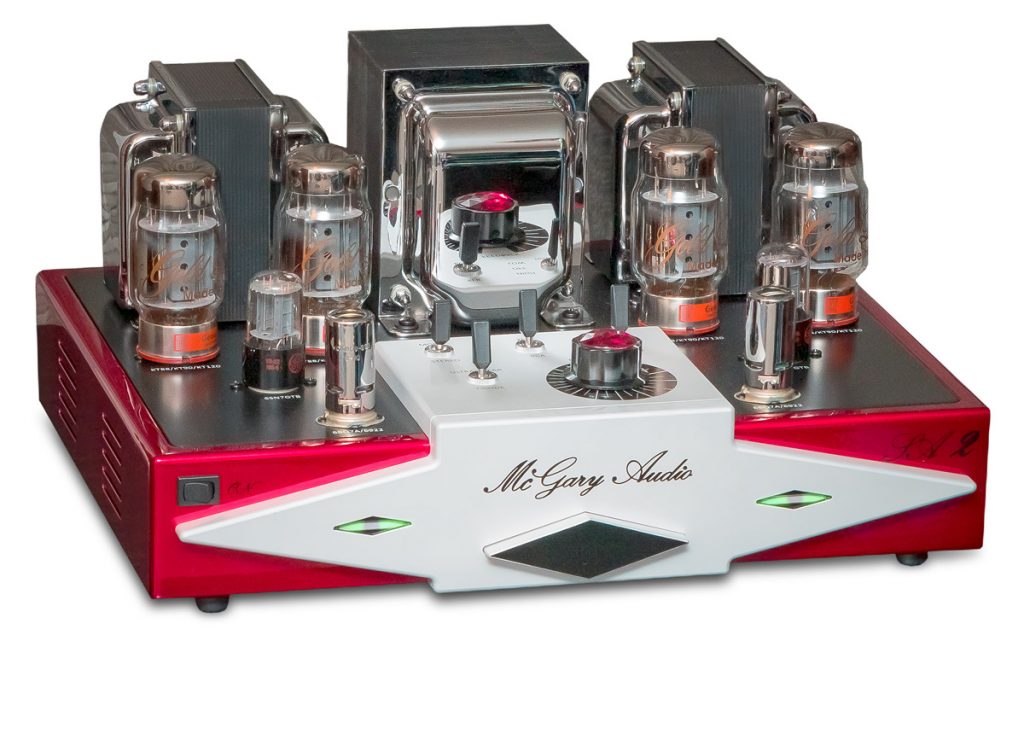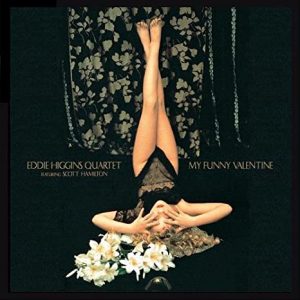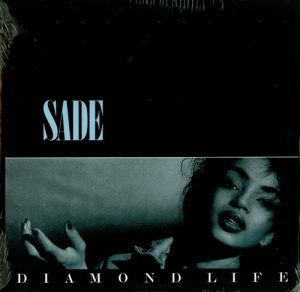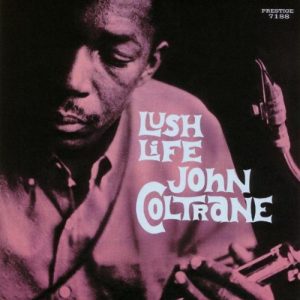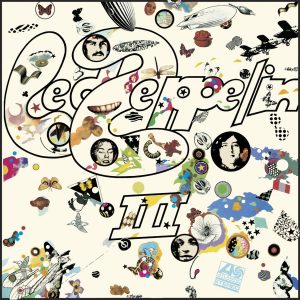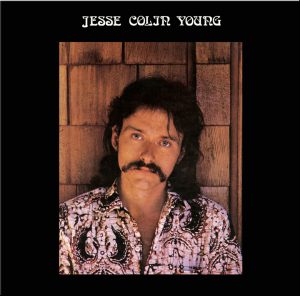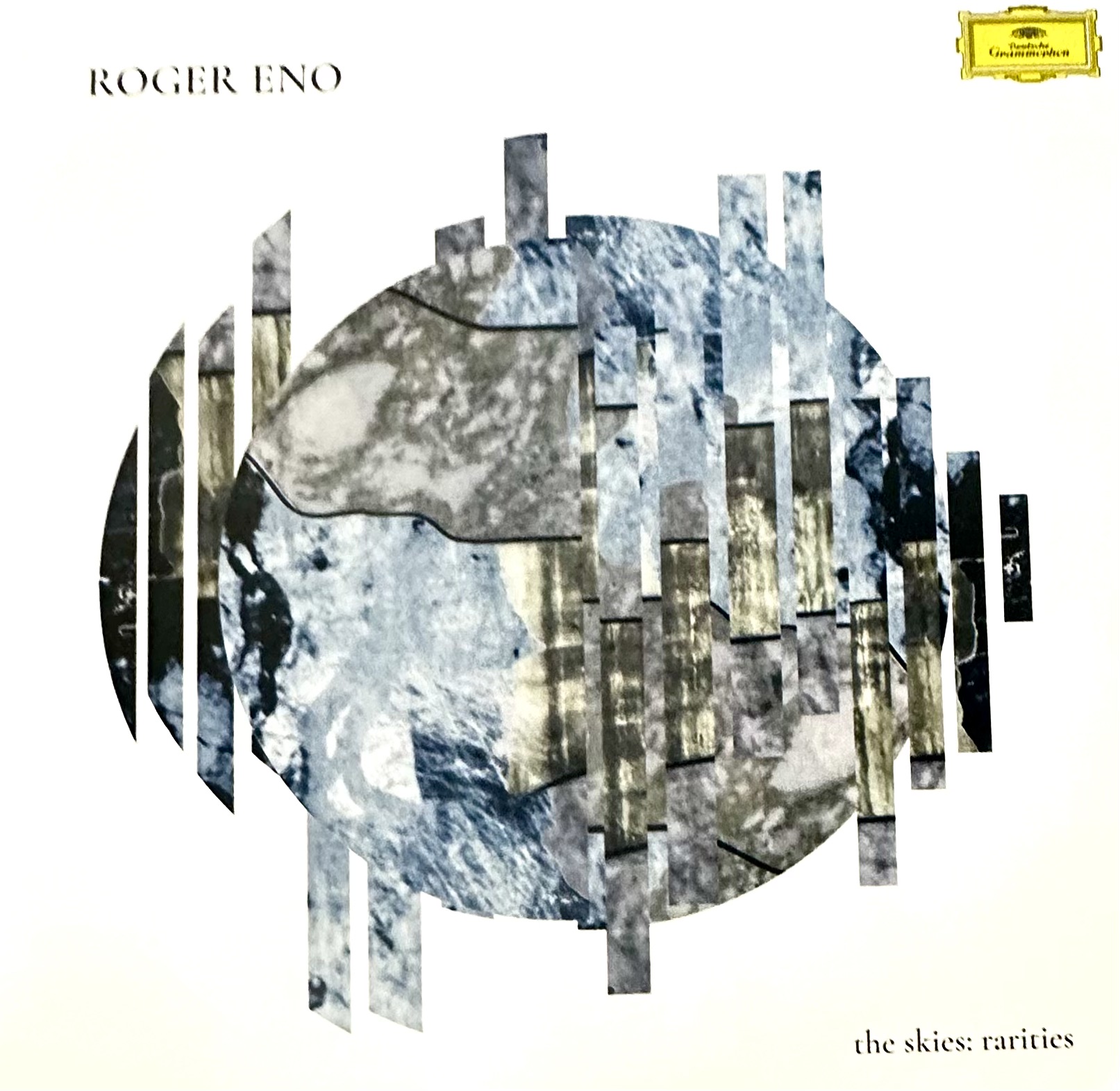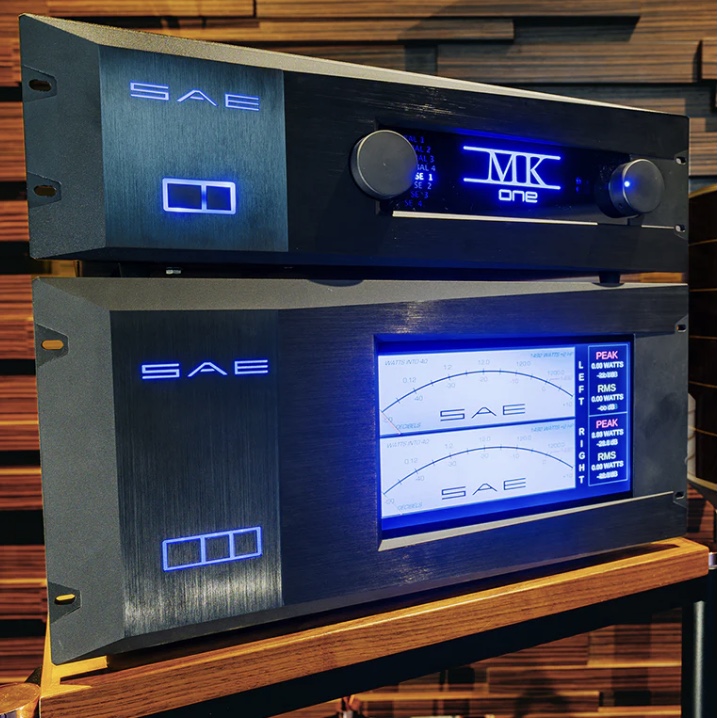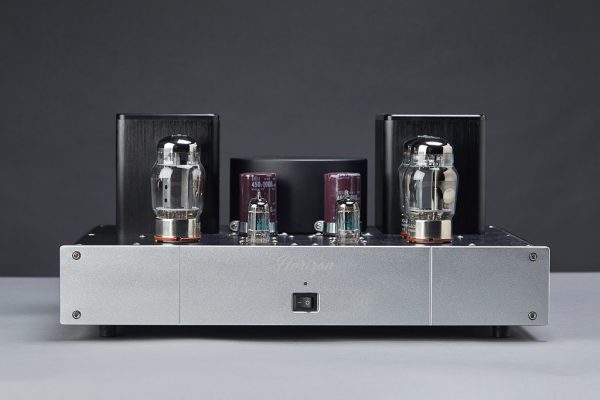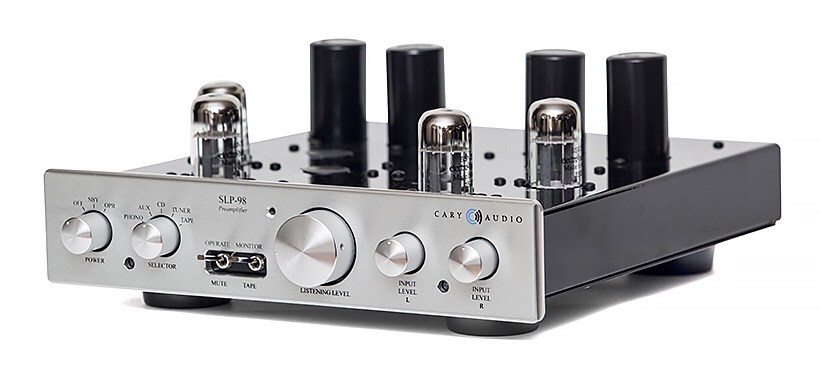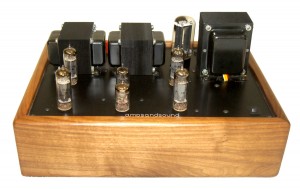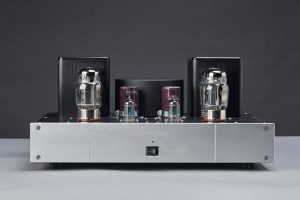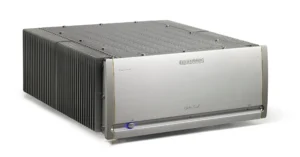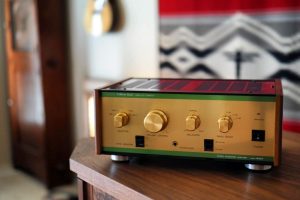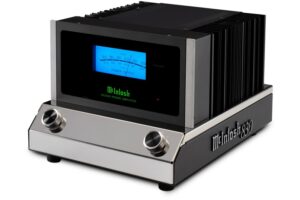Readers might remember my review of the McGary Audio SA1 in 2018 (HERE). It was a wonderful amp and highly recommended. It made the PF Writer's Awards list and that is not something that is easy to do. Well Mike McGary is at it again with the new SA2 Stereo Amplifier and what a follow up to the SA1 it is.
"McGary Audio power amplifiers exude quality using only the finest electrical components selected for their sound, quality and reliability. Components such as German made Mundorf oil-filled capacitors, American made custom transformers and Teflon coated silver plated copper wire in conjunction with Cardas silver solder were all carefully selected, and then hand assembled by Mike McGary in Gainesville Virginia. All electronic components are rated above their intended usage, installed within the beautiful and rugged American made thick steel enclosure that is powder coated throughout to resist corrosion, and each amplifier is thoroughly tested to ensure the audio consumer will enjoy it for a lifetime…and backed by a lifetime warranty!" It is here, in Gainesville, VA that he creates his beautiful works of audio art. The new SA2 is definitely a work of art. The fit and finish even excels that of the SA1. This is an amplifier that pictures could never do true justice to.
As with previous products the amplifier arrived in a Pelican case and heavily packed. This is not lightweight, and due to the weight of the transformers it required a bit of help to get it out of the case and set on the base I had arranged for the amp. (Side note - I was still recovering from a nasty bit of knee surgery and a post surgery hemorrhage issue that confined me to a recliner most of the time for 5 months, lifting alone was not an option and I would recommend help to even the most hardy buyer. No need injuring one's back lifting this thing solo.)
Upon opening the box I was taken aback by the sheer beauty of the amp. It was red, white, and chrome with a distinct Art Deco look to it. The amplifier measures 13 x 17 x 9.25 inches and weighs in at a hefty 60lbs. The thick metal enclosure was specifically designed for structural integrity and good airflow. There are no fans, and the metal enclosure will never get hot to the human touch. Some manufacturers utilize fans and have little-to-no enclosure ventilation. Electronic components last longer when not subject to heat. After hours of play the amp was never hot to the touch. The power and output transformers were intentionally installed on the metal chassis exposed with no metal cages nor enclosures to conceal them. While not overly flashy, the look is still quite nice with black end bell covers on the transformers. They blend in nicely with the overall Art Deco look. This allows for adequate heat ventilation and increases transformer longevity.
Furthermore, this allows for lower cost production (and lower cost to the consumer) by not having to bend/shape/paint an additional metal cover to conceal the transformers. The unbalanced RCA connections are intentionally located on the front panel to minimize induced noise/hum to the input stage. The Neutrik XLR balanced connections are located on the rear panel of the amplifier. Many amplifiers have these RCA connections located in the rear of the amplifier (cosmetics and convenience rather than by electronic design) collocated (in close proximity) with the high voltage output connections, and the power receptacle. Implementing the input stage and RCA connections located on the front of the amplifier, reduces the need for excessive shielding methods internally to segregate the low and high level (voltage) signals. Amplification progressively works from small signals from the front of the amplifier to large signals at the output and rear of the amplifier. Again, all good engineering measures to reduce induced noise and hum, versus resorting to excessive wire and component shielding. That being said I still have trouble getting used to the cables running to the front of the unit, but after a while I no longer paid attention to this quirky little feature.
Mike's own description of the amplifier details:
- SA 2 Stereo Amplifier, hand made using top quality electronic components, circuit design, and point-to-point wiring.
- All vacuum tube design (not a hybrid) with increased power output of 80 Watts RMS per channel and self bias using KT88/KT90/KT120 tubes (no adjustments required).
- 20Hz – 20kHz bandwidth.
- User adjustable features including (global) negative feedback control (can vary 1.5dB-9dB), and Triode or Ultralinear output mode of operation.
- Can be configured from stereo amplifier into mono operation providing a monoblock amp for even more power output.
- Unbalanced (single ended) RCA inputs located in front (with diamond cover to conceal) and Balanced XLR inputs in rear.
- Magic Eye vacuum tube displays for left and right output level meters with intensity display control (high-off-low).
- Signal-to-noise ratio: greater than 85 dB unweighted/unfiltered & referenced to full rated output power at 1kHz.
- 4, 8, and 16 ohm output taps utilizing gold plated binding posts.
- Gold plated RCA input connectors, Neutrik XLR connectors for Balanced inputs.
- American made 13-Gauge steel enclosure…powder coated throughout (red lollypop base with satin black top plate).
- Ceramic tube sockets (attached directly to the chassis).
- Point-to-point handwired with 16-gauge Teflon insulated silver plated copper wire, and using Cardas silver solder for all electrical connections with star grounding employed.
- Hand made by Mike McGary, with a Lifetime Warranty (except vacuum tubes- warranty is 90 days from date of purchase).
Color options for the SA 2 amplifier enclosure, top cover plate and the transformers can be customized for an additional cost, please inquire.
The amplifier was supplied with Golden Lion KT88 tubes. These tubes are known for their overall smooth delivery. Providing enough grunt to drive low efficiency speakers, delivering solid punch in the lower registers, very smooth midrange and sparkling highs. The KT88, in my opinion, is the most reliable work horse tube around. Relatively inexpensive (especially compared to 300B tubes), long lived and easy to source. What's not to love? I have always maintained a set of KT88 mono locks as my backup amplifiers.
Upon receiving the amp and getting it hooked up I let it run in for a good week to make sure it was settled in for listening in earnest.
Right out of the chute the sound matched the exquisite looks of the amplifier. I kept telling my self how nice a set of these, configured in mono, would be in my listening room. (I do prefer mono blocks for some inane reason. Force of habit I guess.)
Overall immediate thoughts were, "This thing has some serious grunt. The bass is impactful and smooth with no exaggerated bloom or bloat. The midrange signal is smooth as silk, especially with female vocals and the highs are crystal clear without any annoying edge." I could end this review right there as this is exactly what most audiophiles want from amplifiers. Deliberate delivery throughout the frequency spectrum without any add-ons. Neutral kept rolling over in my mind. These amps are very, very neutral. That means long listening sessions without fatigue. It means long listening sessions where you get the music as it was laid down originally without alterations and fluff. It means long listening sessions with greater enjoyment and satisfaction. Not sure you can or should ask any more from a piece of gear. This is where the SA2 really delivers on the goods.
Dedicated Listening Sessions
I went with a combo of streaming music, vinyl, and reel to reel tape.
Streaming
I immediately went to Sara K's "All Your Love" from the Waterfalls album. This track is basically Sara and her guitar. It is a very honest and sparse recording. She manages to get some rather deep tones from her acoustic guitar, and coupled with her voice this track just smacks of serious rhythm and pace. When pushed by the SA2 the delivery was as lifelike as I have heard in my system. Soundstage was deep and wide with pinpoint focus on her vocals right in front of me, center stage and slightly back about 4 feet. The bass thump from the guitar was strong, articulate, and impactful. Her picking style clearly audible and her voice was as silky as it could be. This is an intimate song and the delivery gave me every bit of the intimacy right in the face. I dare say that the SA2 delivered the vocals almost as well as a 300B amp could do. That is one hell of a hat trick to pull off.
For an immediate and stark contrast I played Joe Satriani's bombastic "Big Distortion" from the album Shapeshifting. This is a great tune full of Joe's fiery playing, solid backing band, and a generally rollicking good time. During the tune there are sections of what would be called the chorus that have handclaps going. Depending on the listening venue these go from being nice background rhythm additions. In my system being driven by the SA2 these were a central part of the rhythm piece. Very pronounced and sharp. Almost like electric shocks. Bright, with a certain degree of decay and you can hear the flesh like slap. Front and center in the sound stage and it had me clapping along to compare the realism of the claps. A really wonderful presentation and a hoot while listening to this races track.
As a little side note Shapeshifting is one of the best Satriani works in a while. Pick it up!
Now for something a bit different and certainly fun! Los Straightjackets is a band comprised of musicians who dress up in Mexican Wrestling Masks. They do some interesting and entertaining instrumental versions of famous songs. From the EP Bus Stop comes the title track and Hollies hit record, "Bus Stop." A snappy tune done in the vein of the Ventures twangy instrumentals. This version is complete with the sound of Fender twang. The guitar was clear, crisp and the subtle vibrato was exceptionally detailed right down to the decay of notes. When run through the SA2 the tune had me dancing in my chair.
Vinyl
The Eddie Higgins Quartet featuring Scott Hamilton is one of my current rotation albums that I use extensively for reviews. One of my favorite tracks, "Stardust" from the album, My Funny Valentine (Venus Records TKJV-19149) is one of those low level resolution tracks that will test any component's ability to retrieve the lower details in the track. Without any hesitation the SA2 retrieved and produced astonishing low level details of the track. Late night listening can always be a problem in terms of acceptable sound volumes unless you live alone and have very few neighbors. The rest of us have to be considerate and keep the levels reasonable, and at times lower than we would like. With the SA2 at lower volume levels the delivery was still very satisfying. The information was all there in splendid detail, all the same enjoyment with just a few less goose bumps. Every player retained the proper air and space between each player to give the sense of real placement in a small nightclub. Oddly enough my notes on this track from a previous review held true word for word in this listening session. "Centered and up front was Scott Hamilton's saxophone with a slightly elevated presence as though on a stage roughly a foot in height. Joe Ascione's drums were slightly to the right of center, and definitely four or so feet behind Scott. Jay Leonhart's bass off to the right about three feet from Scott and slightly behind, while Eddie Higgins piano was just slightly behind Scott and to the left as though Scott was standing next to the piano. Each musician occupying a small club stage with enough breathing room between them to make the presentation open and airy without breaking the cohesive nature of a small smoky jazz club. Jay's upright bass had just the right amount of depth from each note to make it feel as though I could reach out and pluck a string or two myself. The sizzle from Joe's cymbals was spot on and so was the decay. The kick drum came in with just the right amount of punch for a jazz quartette to lend weight and timing without listeners being blasted out of their seats. Eddie's piano was weighted perfectly." Those comments are definitely applicable to the experience of listening to the SA2.
Another track that drove this home was Sade's "Why Can't We Live Together" from the Diamond Life LP (Epic EPC 26044) where her vocals just drove the track with such amazing smoothness. The thing I noticed on this track was when compared to my reference Cary 805C amps was that the vocals were only a slight tick below the 805s in the velvety texture that the 300B driven 805 tubes deliver, but there did seem to be a bit more weight and depth to the rest of the music coming from the KT88s. A more than acceptable trade off in overall balance and delivery. KT88 tubes always provide a bit more grunt down low. This slight difference made the listening experience with the SA2 that much more enjoyable.
From John Coltrane's Lush Life, Prestige 7198, the title track is a wonderful combination of Red Garland's piano and John Coltrane's tenor sax. Providing the rhythm section is Al Heath on drums and Paul Chambers on bass. While the majority of the album limits the hours to Coltrane's sax playing, but on Lush Life we get the addition of Donald Byrd on trumpet. This is deliberately delicate ballad, and Coltrane's sax is absolutely sublime. The brushes from Heath's playing are subtle and not overbearing. Through the SA2 they actually sound like brushes. The gentle hits on the cymbals produce just the right amount of zing with excellent decay. This detail presentation is one of the SA2's absolute strengths. The amp gives all the instruments indivisible space and air about them. They are not overwhelming, but properly set and never rendered to a disappearing act when the other more upfront instruments are playing. The piano and sax ebb and flow between each other, and the swells, are distinct and strong without being bombastic. This level of detail and control surprised me a bit. Usually solid state amps are better in the control area but not when matched up against the SA2. Control was superb and enchanting.
The overall presentation was relaxing, but ever so involving. Just like having them all in the listening room, and this is one area that stood out with the SA2 across all formats and genres. There was always an air of intimacy in the performance. Up close and personal. That is a benchmark for great sound in my book.
Reel to Reel Tape selections
Led Zeppelin's "That's The Way" from Led Zeppelin III, is recorded from the original Atlantic 7201 issue. Led Zeppelin's third studio album was met with a great deal of praise for the musicianship, and most particularly Robert Plant's vocals. It also had its share of detractors as the album took a definitive turn away from the more bombastic rock they were known for. I, for one, consider it one of the finest rock albums of its time. This is a particular track that gives us sweeping acoustic guitar chording, significant underlying bass lines, pedal steel guitar, and other stringed instruments in a swirling mix that is breathtaking. Everything was delivered in a rather cohesive way with the individual instruments rightly placed and rather distinguishable one from the other. The bass lines are deep into the frequency spectrum, and truly provide the underlying rhythm for the song and the SA2 delivered those bass lines with extreme clarity, lack of excess bloom, and boost. They remained the perfect musical foundation for the rest of the song. Simply a superb delivery.
Next up was a tune from Jesse Colin Young's 1973 release, Songs for Juli (Warner Brothers K46262). This selection was recorded from the original album.
Young is most recognized as the lead singer and one of the main writers for the 60/70s band the Youngbloods. This release, his fourth solo record post Youngbloods, actually out-performed all the Youngblood albums in sales and chart success. The title tune "Song for Juli" is a wonderful instrumental and lyrical tune that starts out as a samba/bossa nova flavored instrumental featuring Scott Lawrence on piano, Young on acoustic guitar, and flute (the performer is not credited on the album). A song demonstrating his love for his daughter, Juli, is wonderfully articulated in the gentle, shuffling jazzy track that's as sophisticated as it is pretty and heartfelt. It is an actual masterpiece and so well crafted and performed that you just feel the father's love for his daughter. The tune came through with all the emotion and love I have come to expect from this tune ever since I bought this copy in 1973. The performances are well balanced and blended to perfection, and the balance comes through the SA2 as well as I have ever heard it.
This is one of those amplifiers that blends a silky and balanced mid range with excellent low frequency grunt and clarity coupled with extremely smooth high ends that sizzle, but do not irritate the nerves. Not the greatest amp in any one single aspect. That being said, it is one of the greatest, and delivering all of those things in a hugely balanced and enjoyable way. Zero listening fatigue. Infinite hours of engaging musical delivery. Huge soundstage and great focus all wrapped up in one of the best pieces of audio eye candy you can get. It's relatively compact footprint makes it perfect for tighter spaces or as a main amp in a downsized system. Don't let the size fool you! The music delivery is larger than life, and capable of rumbling the neighbors on either side of you if you so wish to do.
I was extremely impressed with the SA1 when I reviewed it. the new SA2 completely blows it away on every single level. This is a must audition unit if you are looking for a great tubed stereo amp with enough power to drive just about anything and price that still leaves a lot of $$$ left for other goodies. Check it out. You will not be the least bit sorry!
SA 2 Stereo Amplifier
Retail: $7995
McGary Audio
703.894.7183
8382 Pedigrue Court
Gainesville, VA 20155




